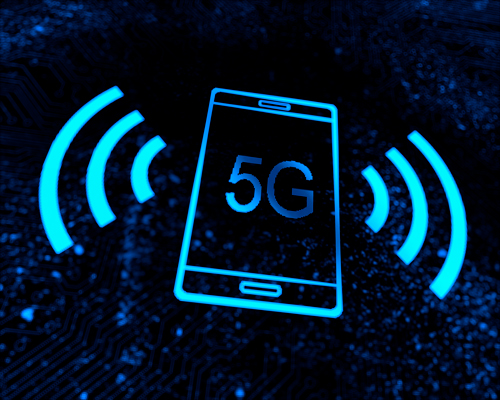A mobile network consists of three primary segments: the terminals, the radio access network (RAN), and the core network (CN). The radio network consists of base stations with the corresponding antennas. While the previous fourth-generation mobile network (LTE) was characterized by data transmission of multimedia and other content from and to the end devices, such as smartphones, new end devices are being added on a large scale in the 5G network.
As the successor to 4G, 5G is much more than a new mobile communications standard. As a disruptive technology, 5G primarily brings new, innovative applications and business models to vertical markets. It will significantly simplify the dynamic set-up and operation of communication networks and the secure networking of things and people. It will find its way into all kinds of industries. In particular, the reduced energy consumption, high bandwidth, and the ability to network devices and machines with each other in real-time will set new standards in areas such as Industry 4.0, IoT, and autonomous driving.
The main criteria for the new 5G standard are ultra-short latency times of less than one millisecond, peak transmission rates of 10 Gbit/s or higher, globally available, robust wireless connections with drastically lower power consumption, and the precise positioning of objects.

 Fraunhofer Group for Microelectronics in cooperation with the Leibniz institutes IHP and FBH
Fraunhofer Group for Microelectronics in cooperation with the Leibniz institutes IHP and FBH